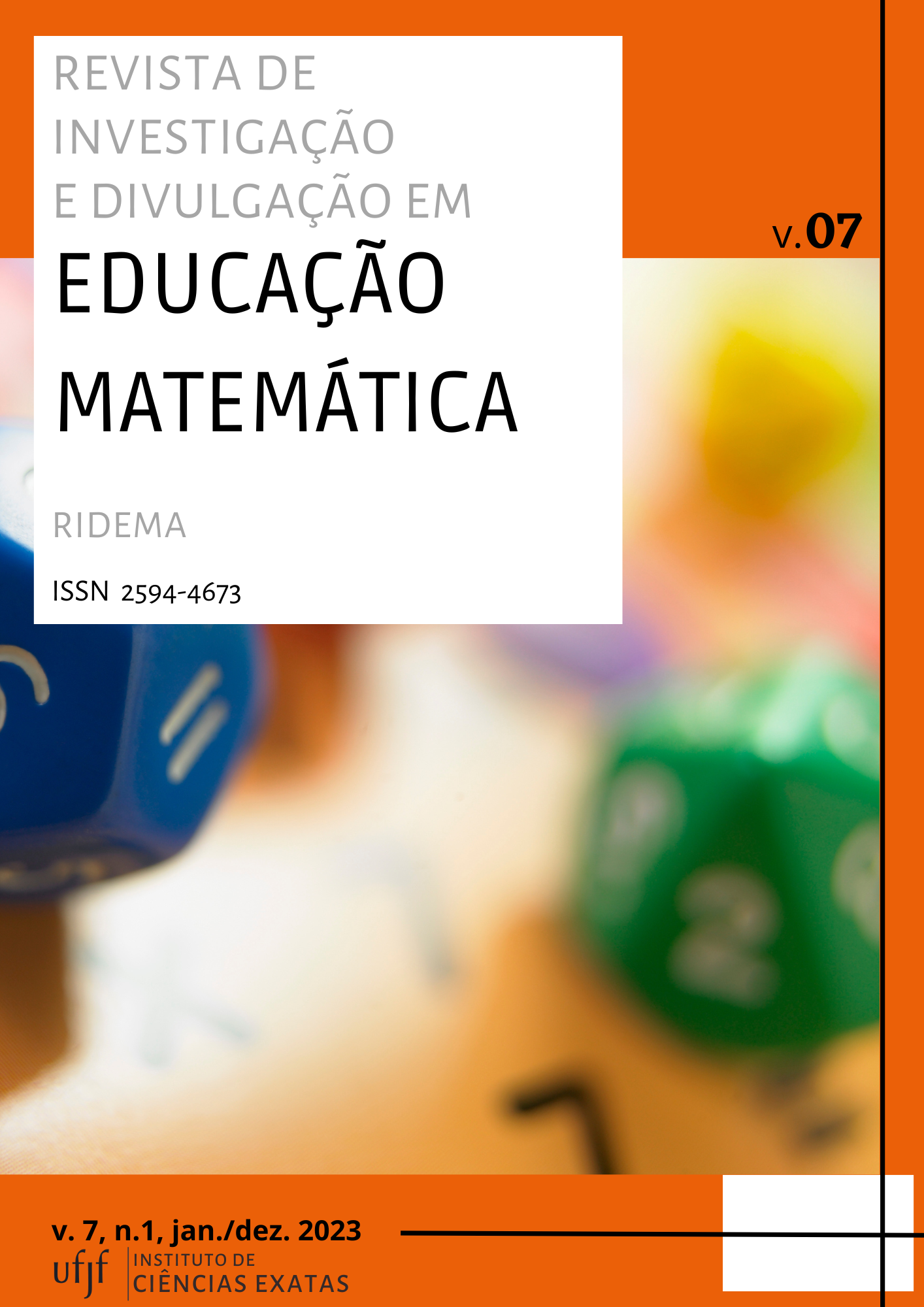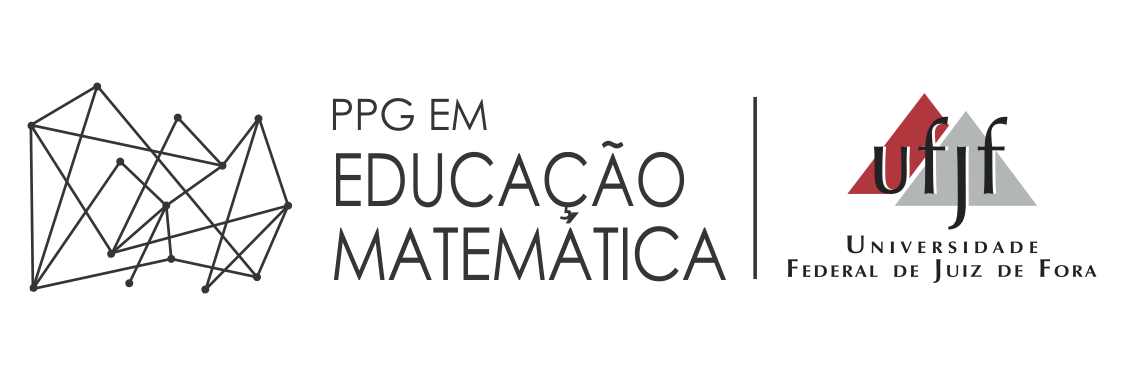Comognição e Materacia: enlaces teóricos para a promoção do discurso matemático escolar
DOI:
https://doi.org/10.34019/2594-4673.2023.v7.41593Keywords:
Critical Math Education; matheracy; mathemacy; mathematical discourse; commognitionAbstract
This article aims to examine the uses of the term matheracy in the context of theoretical discussions proposed by Ubiratan D'Ambrósio and Ole Skovsmose and seeks to make approximations with Anna Sfard's comognitive perspective on mathematical discourse. The bibliographic research carried out an analysis of the D'Ambrosian neologisms and the Skovsmose binomial and concluded that both authors have very similar views when they talk about matheracy. D'Ambrosio discusses math always anchored in literacy and technoracy, while Skovsmose, although he doesn’t have a specific term to refer to technology, also believes that skills related to math are developed from technological and communicative skills. Finally, the approximations with Sfard's studies showed that comognition can contribute to the development of matheracy, as both give importance to communication in the process of teaching and learning mathematics.
Downloads
Metrics
References
D’AMBRÓSIO, Ubiratam. Educação numa era de transição. Revista Matemática e Ciência, ano 1, n. 1, p. 8-18, abr. 2008.
D’AMBRÓSIO, Ubiratam. Educação por uma sociedade em transição – 2 ed. – Natal: EDUFRN,2011.
FONSECA, Maria da Conceição Ferreira Reis, CARDOSO, Cleusa de Abreu. Educação Matemática e letramento: textos para ensinar matemática, matemática para ler o texto. Belo Horizonte, 2009.
FREIRE, Paulo. Pedagogia da autonomia: saberes necessários à prática educativa. 25 ed. São Paulo: Paz e Terra,1996.
Kant, Immanuel. Crítica da razão pura. São Paulo: Abril Cultural, 1980.
MACHADO, Nilson José; Matemática e língua materna: análise de uma impregnação mútua. 4.ed. São Paulo: Cortez,1998. 169 p.
MARCUSCHI, L. A. Análise da conversação. (5° ed). São Paulo. Editora Ática. 2008.
PEINADO, M.R.S. de S. O ensino do trivium e do quadrivium, a linguagem e a história na proposta de educação agostiniana,Universidade Federal do Oeste do Paraná, Imagens da Educação, v. 2, n. 1, p. 1 - 10, 2012.
RIPARDO, R. B. Escrever bem aprendendo matemática: tecendo fios para uma aprendizagem matemática escolar. Tese (Doutorado – Programa de Pós- Graduação em Educação) Faculdade de Educação da Universidade de São Paulo, São Paulo, 2014.
SFARD, A. Thinking as communicating: human development, the growth of discourses, and mathematzing. Cambridge: Cambridge University Press, 2008.
SKOVSMOSE, O. Educação crítica: a questão da democracia. Campinas – SP, 2001.
SKOVSMOSE, O. Educação crítica: incerteza, matemática, responsabilidade. Tradução de Maria Aparecida Viggiani Bicudo. – São Paulo: Cortez, 2007.
SKOVSMOSE, Ole. Educação matemática crítica: a questão da democracia. 4. ed. Campinas: Papirus, 2008.
SOARES, Magda B. Letramento e escolarização. In: RIBEIRO, Vera M. Letramento no Brasil: reflexões a partir do INAF 2001. São Paulo: global, 2003.
VYGOTSKY, L. S. Pensamento e Linguagem. São Paulo: Martins Fontes, 1989.
Websterdictionary,2022. Disponível em: https://www.merriam-webster.com Acesso em: 15.05.2022.



























